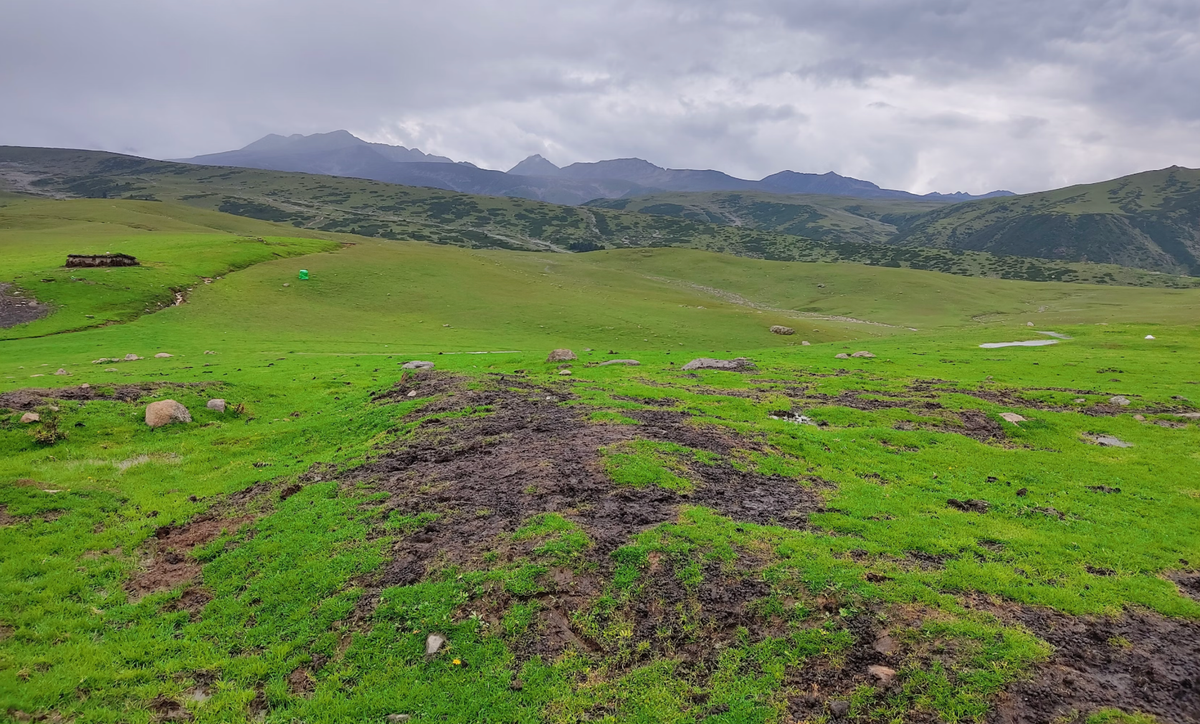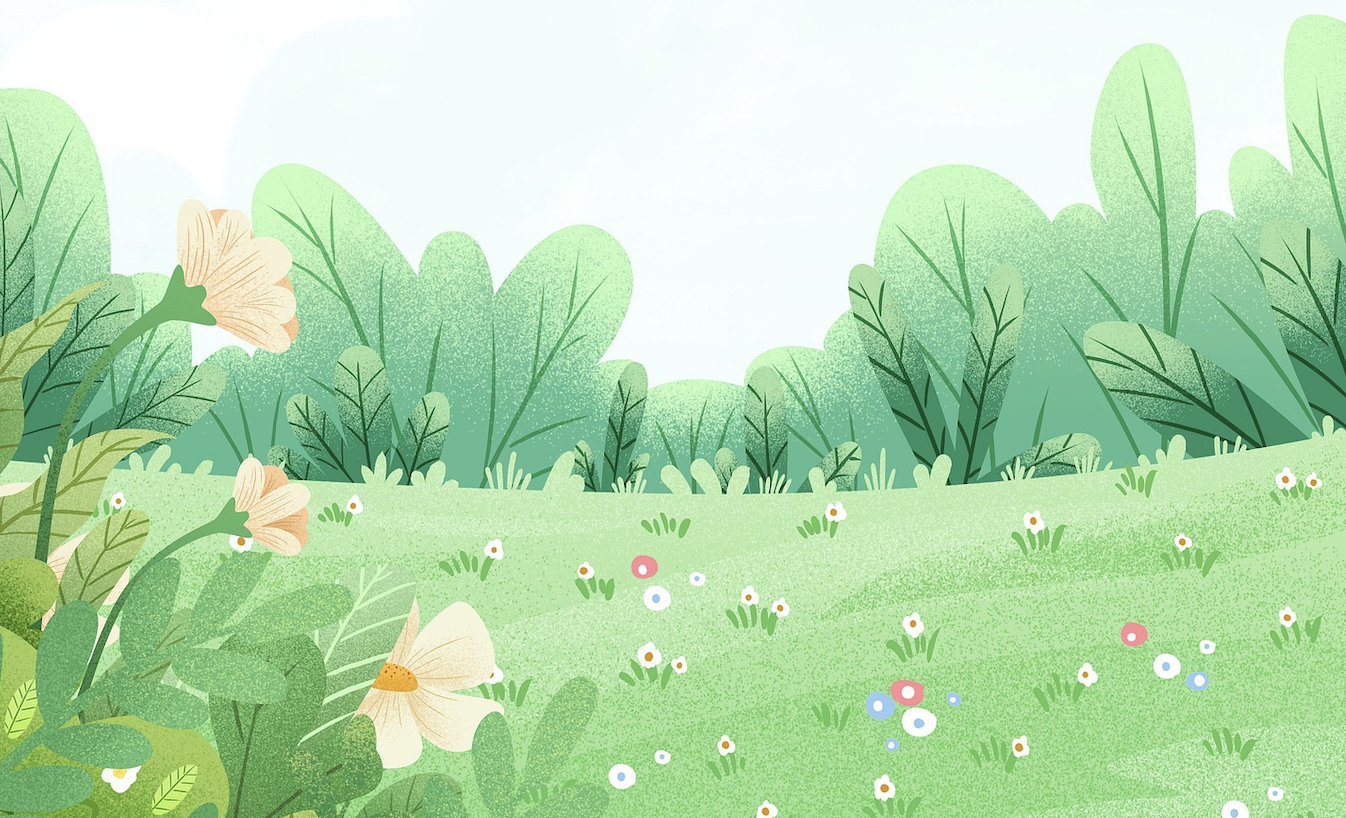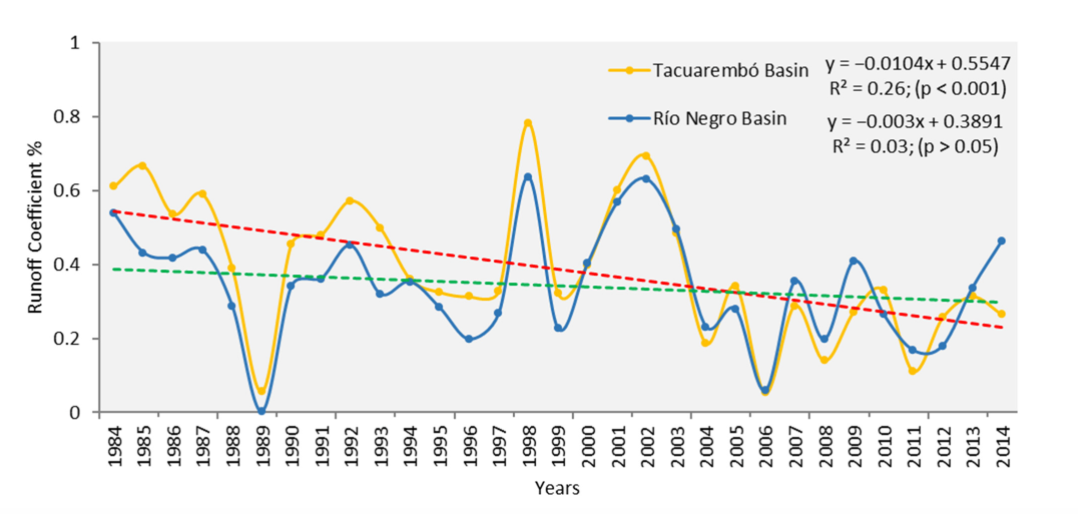Don’t Plant This Tree: Rethinking Biodiversity
The key is thoughtful action, not just quick fixes.

Beyond the Canopy: Are We Planting the Right Trees? 🌍
Tree planting is often seen as an easy win for the environment, right? 🌳 I mean, who doesn’t love the idea of filling the world with more trees? But, what if not every tree-planting initiative is as beneficial as it seems? In fact, some may be causing more harm than good, particularly when we plant trees where they don’t belong.
Let’s dig into this together. 🌱
The Trouble with Misguided Tree Planting 🌲
It feels like everyone’s racing to plant trees these days. You see it everywhere—from corporate pledges to individual efforts, tree planting has become a global obsession. But, like all well-intentioned movements, there’s a catch—a big one.
Researchers like Veldman et al. (2015) have found that many tree-planting projects target the wrong places—specifically grasslands and savannas, which have their own crucial roles in our ecosystem. Imagine taking away your favourite cozy spot in the park and turning it into a forest you didn’t ask for. Sounds frustrating, right? 🌾
William Bond, an expert in the field, put it best in an interview with Mongabay: “We love the open spaces too. We love grass. This is my mantra: ‘the right tree / in the right place / for the right reasons'."
We definitely don't want to throw out the baby with the bathwater here. The evidence is clear that planting trees, when done right, is beneficial to all. For example, this one from the eastern US showed that decades of reforestation were associated with cooling temperatures.
But Bond's mantra is one we should all remember because not every ecosystem needs trees to thrive. Grasslands and savannas aren’t just empty spaces; they’re biodiverse homes for wildlife that depend on them.
And yet, many projects label these areas as “degraded,” rushing to plant trees where they don’t belong. The result? We’re slowly erasing vital ecosystems in the name of climate action.

A Real-Life Example: From Grasslands to Forests in Uruguay 🌧️
Here’s a more recent story that shows how things can go wrong. In Uruguay, vast grasslands were transformed into forest plantations—mostly eucalyptus. While these plantations may be good for economic growth, they’ve created a surprising new problem: they’re using up too much water. 🌲💧
Deyvis et al. (2023) studied 30 years of data and found something shocking: planting trees in these areas significantly reduced the water flowing through rivers. In the Tacuarembó Basin, water levels dropped by a staggering 36%. Imagine how that impacts local communities, agriculture, and wildlife!
🟡Presidenta de la Sociedad de Productores Forestales: Uruguay tiene capacidad para avanzar 500 mil hectáreas en forestación
— Informativo Carve (@InformaCarve850) September 27, 2024
🎙Escuchá la entrevista completahttps://t.co/CavX3jG4SR pic.twitter.com/R6sbmyONhZ
But Wait, Aren’t Trees Always Good for the Environment? 🌳
Here’s the thing—trees are great, but only when they’re planted in the right place. When we force them into ecosystems like grasslands, we risk disrupting water cycles, reducing biodiversity, and even worsening the very climate issues we’re trying to solve. It’s a bit like trying to solve one problem by creating another.
So, how do we avoid this? Conservation shouldn’t just be about planting trees everywhere. We need to understand what each ecosystem truly needs. Sometimes, that means leaving spaces untouched or using methods like prescribed burns to maintain biodiversity. The key is thoughtful action, not just quick fixes.
Open Data: Making the Numbers Matter 🔍
One of the most powerful tools we have in making smarter environmental decisions is open data. And thanks to Dr. Deyvis we’ve got access to decades of data showing how afforestation impacts water availability. We’ve posted it right here on Github for you to check out. 📊
So, what’s this data actually telling us?

The chart we’ve shared shows how rainwater flows into rivers (called runoff) over time in two regions: Río Tacuarembó and Río Negro. 🌧️➡️🌊
- The Yellow Line represents Río Tacuarembó, where tree planting has been widespread.
- The Blue Line tracks Río Negro, where grasslands remain untouched.
You can see that over time, the yellow line dips lower and lower—meaning less rainwater is reaching the rivers. Why? Because those newly planted trees are soaking it all up! Meanwhile, the blue line stays pretty consistent. Grasslands might not have as many trees, but they sure do a great job of keeping water flowing into rivers.🌾💧"
What We Can Learn: A Smarter Way to Restore 🌿
We need to shift our thinking: not every problem has a one-size-fits-all solution. Tree-planting can be a great tool, but only when used wisely. Imagine if we took the same energy and enthusiasm we have for tree planting and channelled it into protecting all ecosystems—forests, grasslands, wetlands, and more. 🌍💡
And this isn’t just about experts making decisions in labs or governments passing policies. It’s about us. With open data at our fingertips, we can make more informed choices—whether it’s advocating for smarter conservation approaches or simply thinking twice before joining a tree-planting campaign.
Our choices, our voices, and our actions matter. Maybe it’s sharing this story with someone who thinks planting trees is always the solution. By relying on data and thoughtful action, we can make sure our environmental efforts truly help, rather than harm.
Works Cited
Barnes, M. L., Zhang, Q., Robeson, S. M., Young, L., Burakowski, E. A., Oishi, A. C., et al. (2024). A century of reforestation reduced anthropogenic warming in the Eastern United States. Earth's Future, 12, e2023EF003663. https://doi.org/10.1029/2023EF003663
Cano D, Cacciuttolo C, Custodio M, Nosetto M. Effects of Grassland Afforestation on Water Yield in Basins of Uruguay: A Spatio-Temporal Analysis of Historical Trends Using Remote Sensing and Field Measurements. Land. 2023; 12(1):185. https://doi.org/10.3390/land12010185
Dasgupta, S. (2021, May 12). ‘Bad science’: Planting frenzy misses the grasslands for the trees. Mongabay. https://www.mongabay.com
Joseph W. Veldman, Gerhard E. Overbeck, Daniel Negreiros, Gregory Mahy, Soizig Le Stradic, G. Wilson Fernandes, Giselda Durigan, Elise Buisson, Francis E. Putz, William J. Bond, Where Tree Planting and Forest Expansion are Bad for Biodiversity and Ecosystem Services, BioScience, Volume 65, Issue 10, 01 October 2015, Pages 1011–1018, https://doi.org/10.1093/biosci/biv118
Author Profiles
We are very grateful to the following authors who provided us with the raw data for their study on afforestation in Uruguay.




